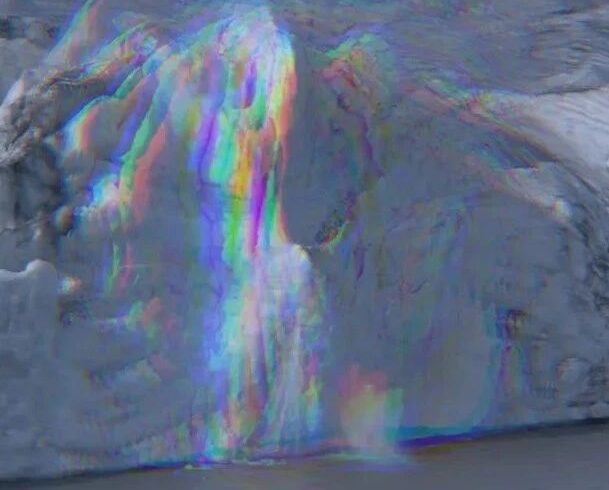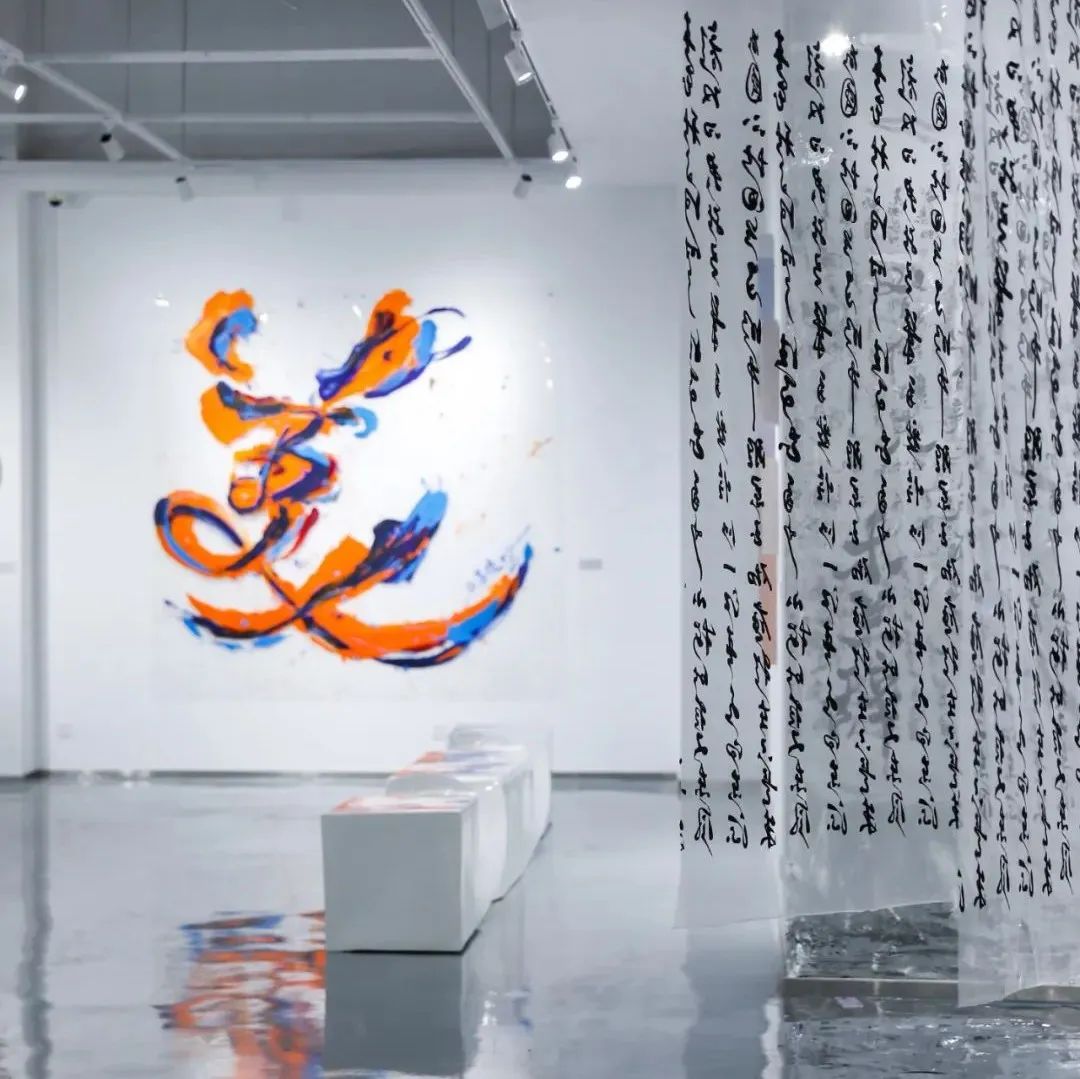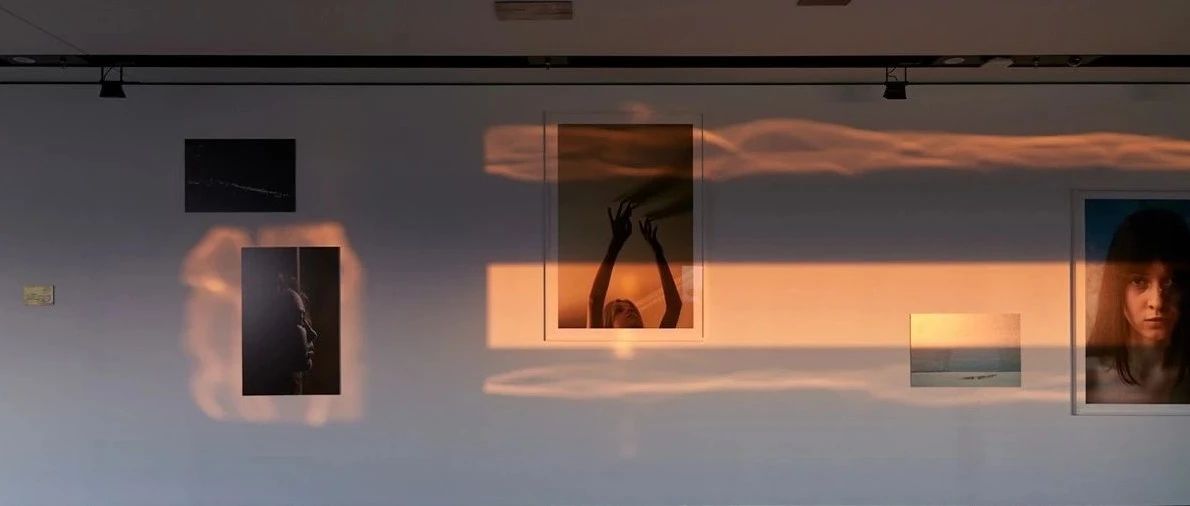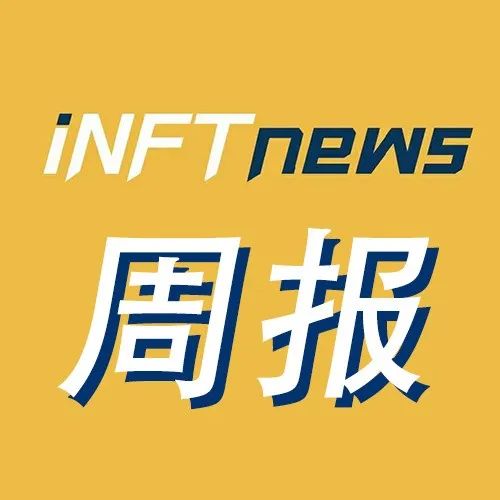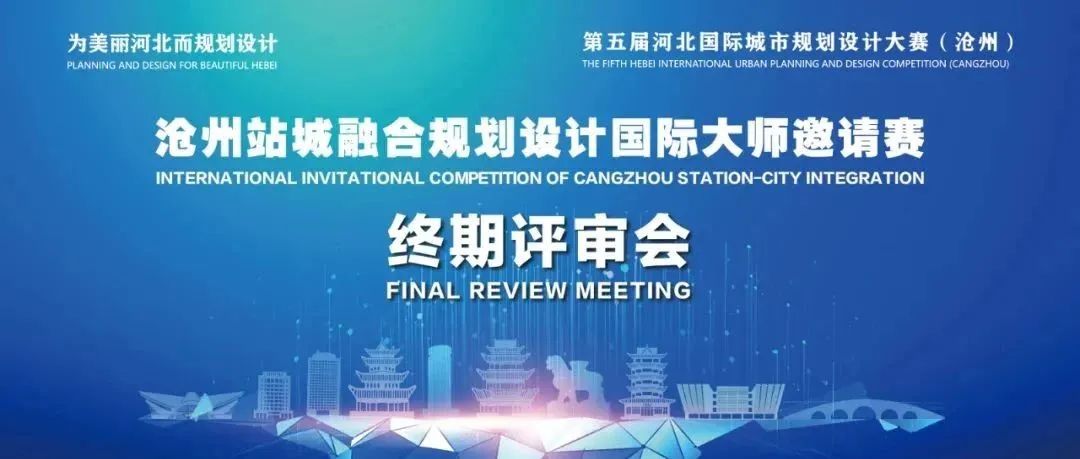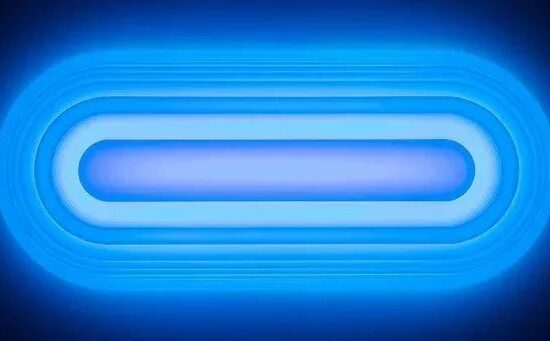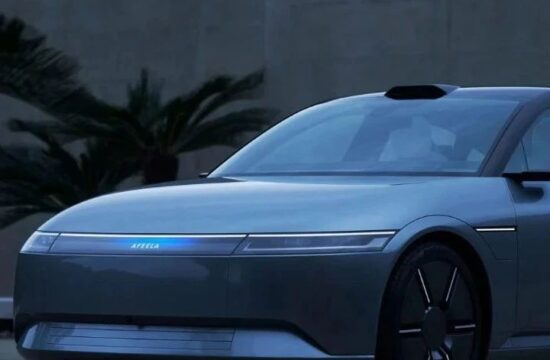大地热流:回到太阳时间的访客
Earth Heat Flow: The Visitor Who Returns to Solar Time
展览时间丨DATES
2022年12月31日—2023年3月12日
展览地点丨VENUE
北京友谊商店
FRIENDSHIP ART COMMUNITY
参展艺术家|ARTISTS
Tega Brain
陈欣&张文心
陈哲
Fragmentin
高峰
贺子珂
金雅瑛(Ayoung Kim)
Johannes Langkamp
李启菁
龙盼
Anastasia Mityukova
Christoph Oeschger
朴宰勋(Jaehun Park)
Susan Schuppli
施政
Jakob Kudsk Steensen
赵玉
策展人|CURATOR
龙星如 Iris Long
空间设计|EXHIBITION DESIGN
沈军 Shen Jun
策展助理|CURATORIAL ASSISTANT
魏逸丰 Wei Yifeng
12月31日,由龙星如策划的“大地热流:回到太阳时间的访客”将于北京友谊社区(原北京友谊商店)开幕,该展览将作为2022首届北京艺术双年展的艺术与科技单元呈现。展览由瑞士文化基金会上海办公室支持。
展览“大地热流”从北京特有的冬季供暖地貌出发,尝试讨论热量媒介如何成为我们理解技术文化和生态现状的视角,并通过动态“热流”的视角,邀请你共同展开一次关于融化的旅行。在旅程中,想象中的热联觉生物将同你们一起感受温度,追踪热量如何作为当代科技系统的伏笔而存在,并推想与“热”息息相关的熵与时间。每件作品都被纳入关于“融化”的叙事,“融化”可能改变对象的形态,或者让隐藏之物显现。可能剧烈,也可能寂静,正如技术本身同时作为一种动态的形塑性力量和揭示性力量而存在。
泰加·布雷恩,《辐射生物》,2016,混凝土,木材,定制电子产品,蜡烛,鸡血藤
Tega Brain, Being Radiotropic, 2016, concrete, wood, custom electronics, candle, spathiphyllum
大地热流:
回到太阳时间的访客
文/龙星如
北京得天独厚的冬季暖阳会挥洒入在展厅更“热”的一侧,这里的作品探讨着我们的数字基础设施(数据中心、网络交换、光纤)如何无时无刻不在汲取星球能量,并构筑趋于稳定的热量环境。《辐射生物》用生命体对太阳辐射的反应来比喻我们对于电磁信号的依赖,《铜树》提醒着我们支撑光缆和导线的铜元素如何从地脉生出,《多孔性溪谷》甚至想象了一种一半是矿物实体,一半是数字比特的活元素如何游走。当《追踪模拟太阳》用黑色空洞来替换人类视觉光谱中炙热的太阳时,《永恒的一日》却用一则荒诞不经的寓言暗示太阳耀斑爆发与电子系统之间致命性的关系。
《被捕获的自然》提示我们人造的“冷/热”系统如何持续创造着一种更为温和与宜人的生活环境,然而,这些调控技术也裹挟在这颗行星天然的冷热流动中——水、风甚至洋流都在冷却着轰隆作响的机房,光刻机依赖的氖也依靠分离设备对空气的低温蒸馏(《不要爱恋那氤氲的辉光》)。这种能量的镶嵌关系,暗示着人造技术环境脆弱的阴面,也引我们通向展厅更幽深寒冷的一侧。在这一侧,我们通过调控温度和热能所创造的稳定环境开始被扰动与扭转。远程地下服务器滋生的生命通过液体进入人们的皮肤(《恐水症》),三组与冰川相关的作品(《向冰学习》、《冰的背面》、《冰虫计划》)则描摹了冰层所凝固的关于能源开采、冷战设施和远古微生物的历史。
当那座计算机渲染的冰山同格林兰峡湾一般寂静坍塌(《熔于时间》),抑或计算机里的烟花无声散放(《烟花宇宙》),我们似乎感知到大地天然蕴藏着熵增的势能和逆熵的渴望,以及二者之间的张力,正如《濒危植物标本库》试图存储植物的生命,这种存储的有效性却依赖太阳的节律。在自然光源退散后,人造光源亮起前(《关于 891 次黄昏心灵活动的百科全书》)的混沌地带,在所有机器生成的文字随着热敏纸暴露在空气而成为模糊团块的瞬间(《一声叹息》),人们重新站在大地的热流之中,透过它去理解太阳辐射与岩石圈热结构之间的垂直空间里,极地冻土与赤道艳阳之间的地理疆域内,我们的技术和生态系统中所承载的万象,及其所见证的年岁。
约翰内斯·朗坎普,《追踪模拟太阳》,2013,三联影像装置
Johannes Langkamp, Analog Sun Tracking, 2013, video installation– triptych
关于策展人
龙星如 (Iris Long),策展人,写作者,博古睿学者,研究方向为科技的心理地理和基础设施建设。译《重思策展:新媒体后的艺术》并获AAC艺术中国年度艺术出版物提名(2016);第一届IAAC国际艺术评论奖英文入围评论者;策划展览包括《撒谎的索菲亚和嘲讽的艾莉克莎》(Hyundai Blue Prize 策展人奖,sophialexa.com),《他山之石,新代理人》(PSA 青策 计划大奖),《步天歌》等,她也为艺术家刘昕、Lauren Lee McCarthy等策划国内首个个展。2020及2022年担任计算机图形学会议 SIGGRAPH ASIA艺术板块国际评委。研究发表于ZKM媒体艺术中心“艺术与人工智能” 会议,ZKM媒体艺术中心“驱动人类”(Driving the Human)项目,香港城市大学运算媒体艺术国际论坛(ISCMA)等。2021年,她发起了“端口:云下贵州”,这是一个关于中国科技基础设施的长期调研和策展项目。个人网站:irislong.xyz
Earth Heat Flow:
The Visitor Who Returns to Solar Time
text by Iris Long
苏珊·舒普利,《北极群岛》,2021,高清视频彩色立体声,26:20
dir. Susan Schuppli, ARTIC ARCHIPELAGO, 2021, HD video colour with stereo sound, 26:20
The exhibition titled “Earth Heat Flow,” based on the unique winter heating in Beijing, attempts to discuss how to understand the technological culture and ecological status quo through the lens of thermal mediaand invites visitors to take a journey on “melting” from the perspective of dynamic “heat flow.” During the journey, imaginary creatures with heat- synesthesia will experience the daily temperature that human beings are accustomed to, track how heat exists as a foreshadowing of the contemporary scientific and technological system, and speculate on notions of entropy and time - both closely related to “heat.” Each work is included into the “melting” narrative, which may change the object’s shape or reveal hidden things. Melting may be violent or silent, like technology, which is both a dynamic plastic force and a revealing force.
The privileged sunshine in winter of Beijing will be splashed on the “hotter” side of the exhibition hall. The works here discuss how our digital infrastructure (data centers, network switches, and optical fibers) constantly absorb the planet’s energy and build a stable thermal environment. Being Radiotropic describes our dependence on electromagnetic signals with life entities’ reaction to solar radiation. The Copper Tree reminds us how the copper element that supports optical cables and wires is generated from the earth’s veins. Porosity Valley imagines how a living element travels as half a mineral entity and half a digital bit. While Analog Sun Tracking replaces the heated sun in the human visual spectrum with black holes; Saros implies the fatal relationship between the solar flare explosion and the electronic system with a ridiculous fable.
Captured Nature reminds us how the man-made “cold/hot” system continuously supports a more moderate and pleasant living environment. However, these control technologies are also involved in the planet’s natural cold and heat flow for water and wind. Even ocean currents are cooling the roaring machine room, and the neon on which the lithography machine depends also relies on the low-temperature distillation of air by the separation equipment (Do not dwell on that hazy glow). This inlaid relationship of energy, suggesting the fragile and dark side of the man- made technological environment, leads us to the deeper and colder side of the exhibition hall, where the stable environment we created by regulating temperature and heat energy is disturbed and reversed. Life from remote underground servers penetrates people’s skin via liquid (Aquaphobia). Three groups of works related to glaciers depict the history of energy exploitation, cold war facilities, and ancient microorganisms solidified by ice. (The Other Side of Ice, Project Iceworm, Learning from Ice)
“碎片网络”小组,《濒危植物标本集》,2022,电线,铝夹,21 x 27 x 1.5 cm
Fragmentin, Endangered Herbarium, 2022, acrylique, wire, aluminium clamps, 21 x 27 x 1.5 cm
When that computer-rendered iceberg collapsed in silence like Greenland Fjord (Melting into time), or the fireworks in the computer quietly bloomed (Fireworks Universe), we seem to feel that the earth naturally contains the potential energy of entropy increases and the desire for reverse entropy, as well as the tension between the two. As Endangered Herbarium tries to store plants’ life, this storage’s effectiveness goes with the sun’s rhythm. In the chaotic zone before the artificial light sources light up (891 Dusks: An Encyclopedia of Psychological Experiences) and after the natural light sources dissipate, when all the machine-generated words become fuzzy lumps with the thermal paper exposed to the air (A Sigh), people stand in the heat flow of the earth again to understand everything carried by our technology and ecosystem and the years witnessed in the vertical space between the solar radiation and the thermal structure of the lithosphere, or, the geographical territory between the polar frozen soil and the equatorial sunshine.
About the Curator
Iris Long (irislong.xyz) is a writer, Berggruen Scholar and independent curator with a research focus on how art responses to ubiquitous computing, big data and AI. Her recent work has been focused on the psycho-geography of science and technoolgoies and infrastructural studies.
She was shortlisted by the first M21-IAAC Award (International Awards for Art Criticism). Her translation work, Rethinking Curating: Art after New Media, received nomination from AAC Art China awards in 2016. In 2018, she was the recipientof Hyundai Blue Prize for curators. She has curated exhibitions around art and technology, such as “Lying Sophia and Mocking Alexa”(sophialexa.com) and“Blue Cables in Venetian Watercourse”(PSA Emerging Curator’s Program). She is also the art jury of ISEA 2019, and art jury of SIGGRAPH ASIA 2020. In 2021, she initialized “Port: Under the Cloud”, a long-term research and curatorial project on the infrastructures of science and technology in China.
Iris’s research has been presented in numeriou conferences, such as :“Art and Artificial Intelligence”(Open Conference, ZKM),
“Art Machines: International Symposium on Computational Media Art (ISCMA)”(Hong Kong) and so on.
Personal Website: irislong.xyz
展览网站
Exhibition Site
earthheat.cloud
展览平行论坛
Exhibition Panels
Weather Engine
天气引擎
Daphne Dragona & Jussi Parikka
“天气引擎”项目探索了从地到天,从土壤到大气之间的环境诗学 、政治和技术。“天气”可以被描述为一种关于风、气压、温度和湿度的动态系统,它无处不在地影响着人与非人的世界。
Polar Art: from the Remote to the Hype
极地艺术:从荒原到热点
Christoph Oeschger & Gianna Molinari
关于我们北极条件的科学知识是如何与艺术过程联系起来的?这个在线讲座将汇集 Gianna Molinari和参展艺术家 Christoph Oeschger,来共同探索北极的图景,以及它从一个无人问津的荒野到艺术和科学研究的新热点的转变。
To Melt
言说“融化”
Susan Schuppli & Fragmentin & Anastasia Mityukova
这次线上对谈将展览中三位(组)以“冰”为研究话题的艺术家聚集到一起,希望通过关于“融化”的讨论,就环境变换有关的知识产生新的方法和洞察,并展开关于寒冷气候之政治的思考。
*关于展览平行论坛的日期及详述,请关注公众号相关推送
本文来自微信公众号“MWOODS木木美术馆”(ID:MWOODSARTMUSEUM)。大作社经授权转载,该文观点仅代表作者本人,大作社平台仅提供信息存储空间服务。


